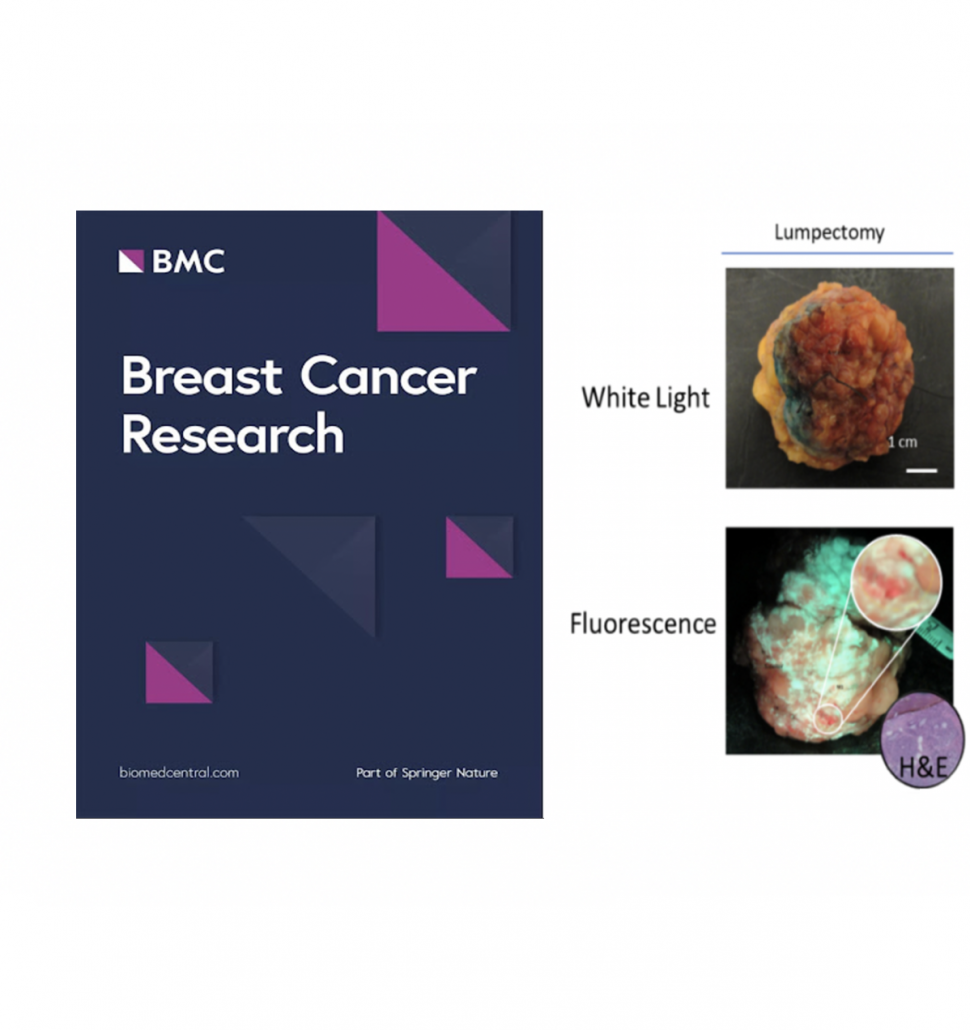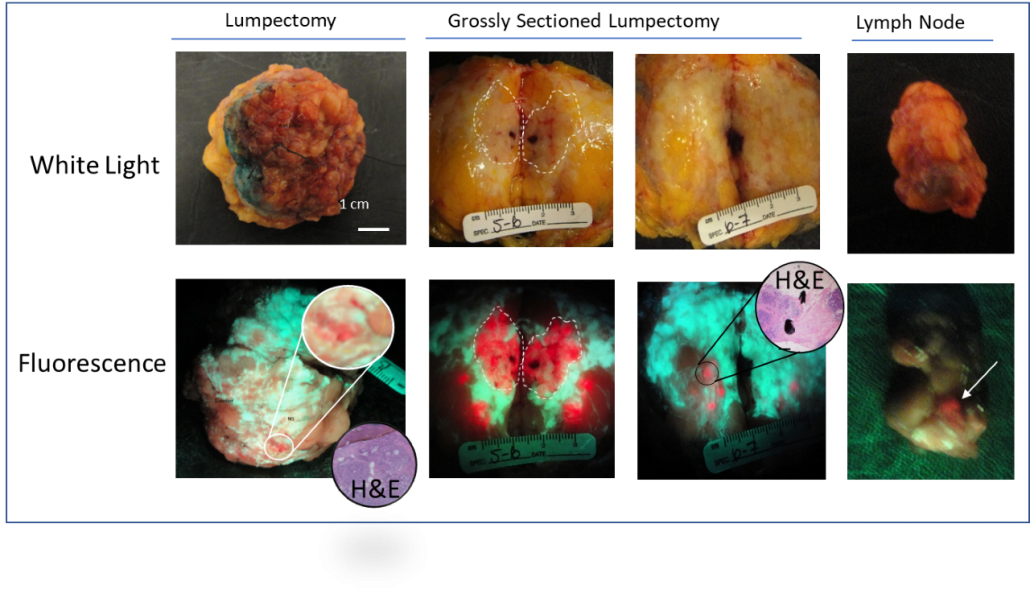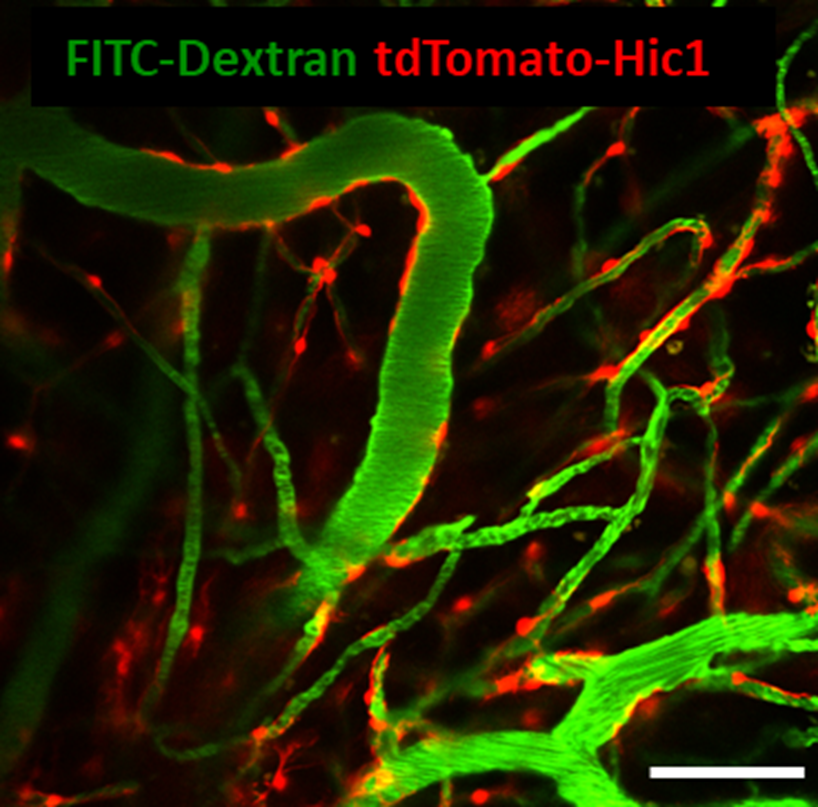Intraoperative Fluorescence Imaging with Aminolevulinic Acid Decets Grossly Occult Breast Cancer: A Phase II Randomized Controlled Trial is published in Breast Cancer Research
https://dacostalab.ca/wp-content/uploads/2021/07/bc3-970x1030.png 970 1030 DaCosta Lab DaCosta Lab https://dacostalab.ca/wp-content/uploads/2021/07/bc3-970x1030.pngAfter a lengthy journey, our paper “Intraoperative fluorescence imaging with aminolevulinic acid detects grossly occult breast cancer: a phase II randomized controlled trial” has been published in Breast Cancer Research as an open access article. The journal is widely read globally by general surgeons and breast cancer clinicians, so we are pleased it will receive broad clinical exposure and impact specifically in (breast) surgical oncology. This trial, led by Dr. DaCosta, was conducted at The Princess Margaret Cancer Center (Toronto, Canada) and demonstrates the importance of strong collaborations between our (imaging) scientists and clinicians at the Princess Margaret Cancer Center. For…
read more


